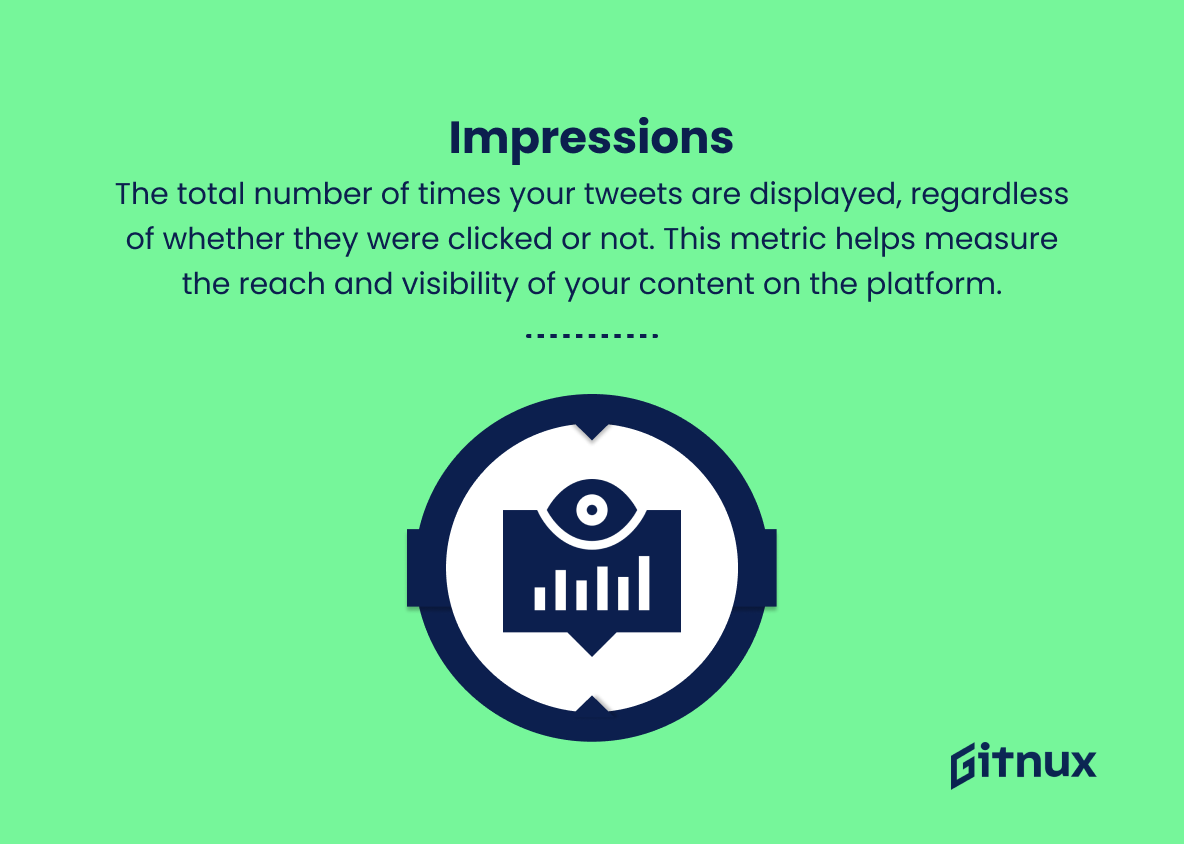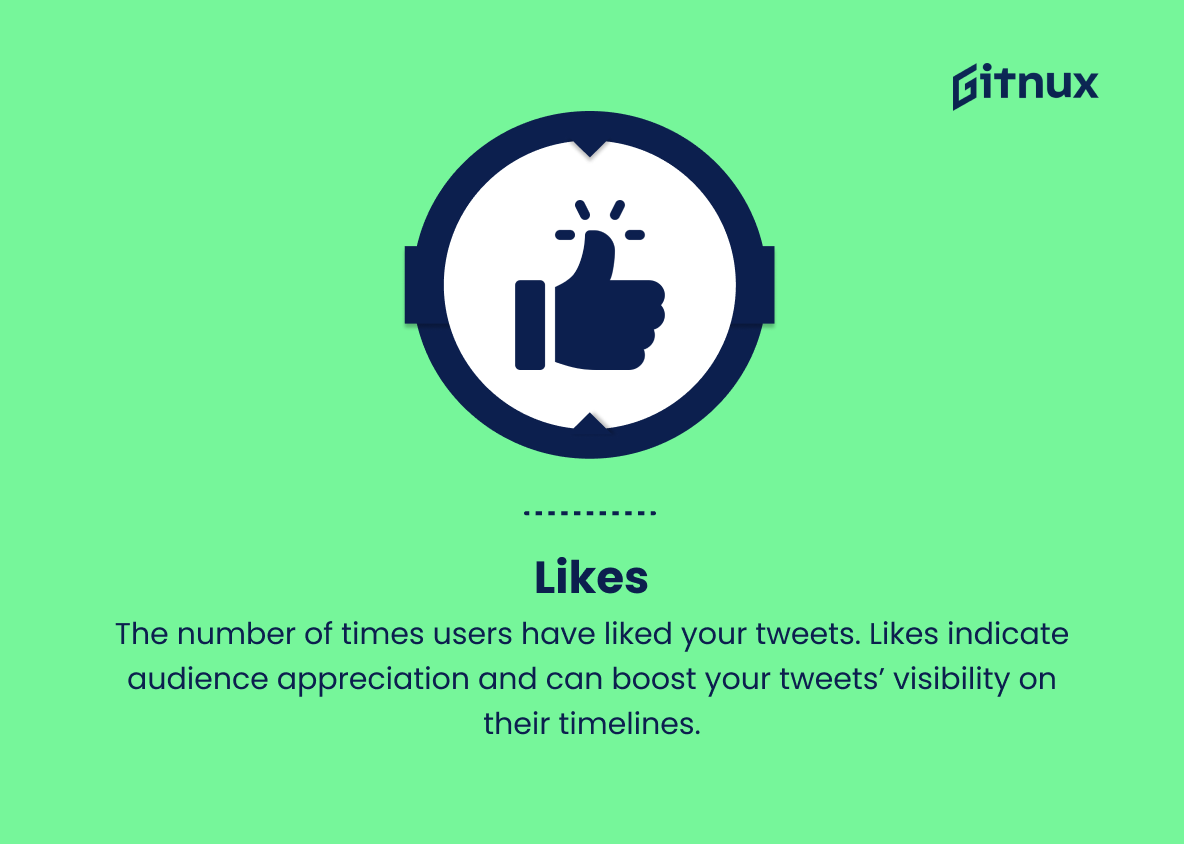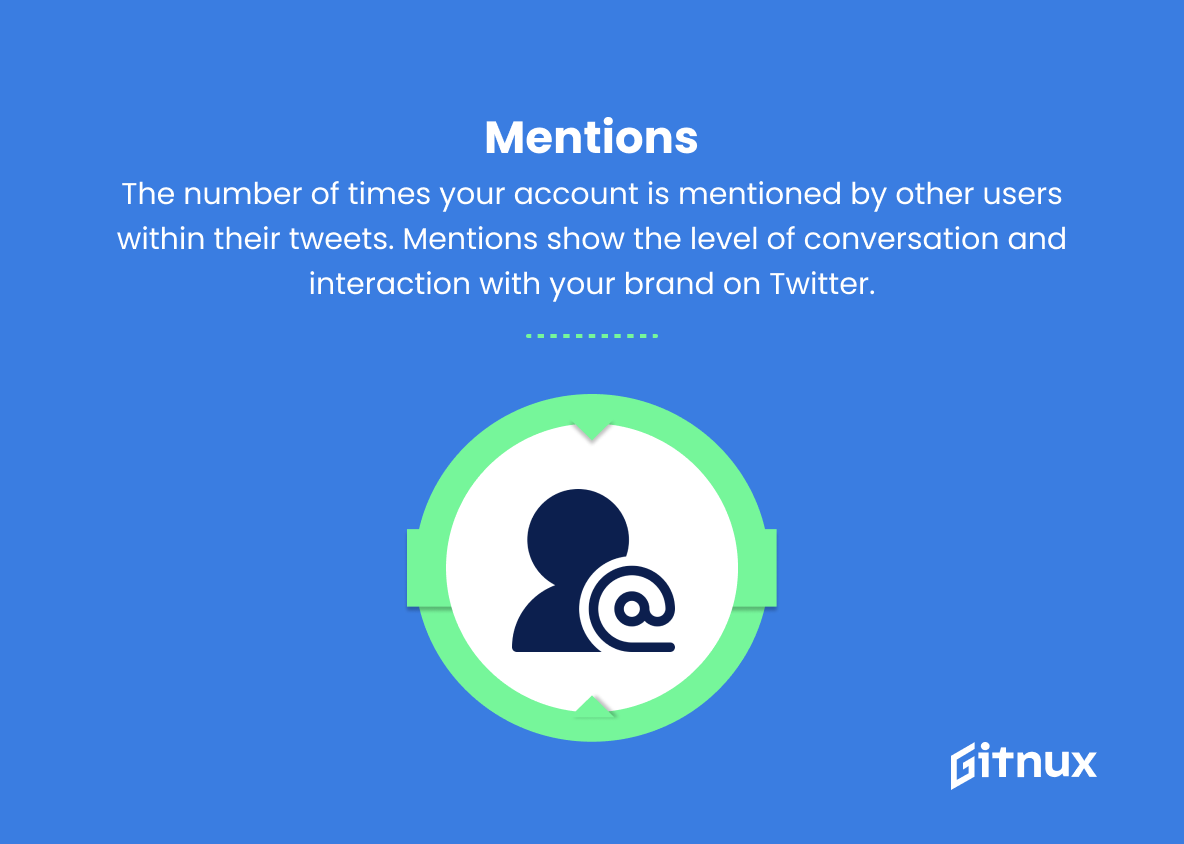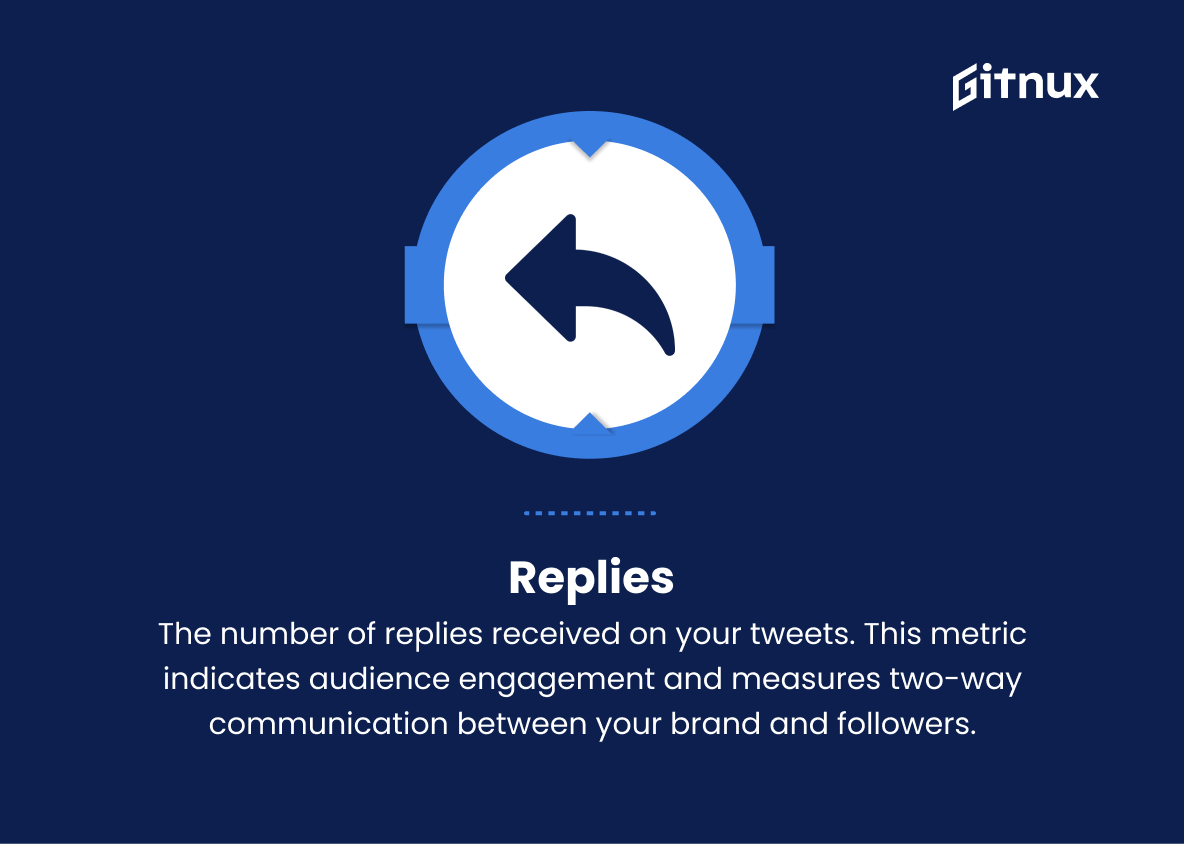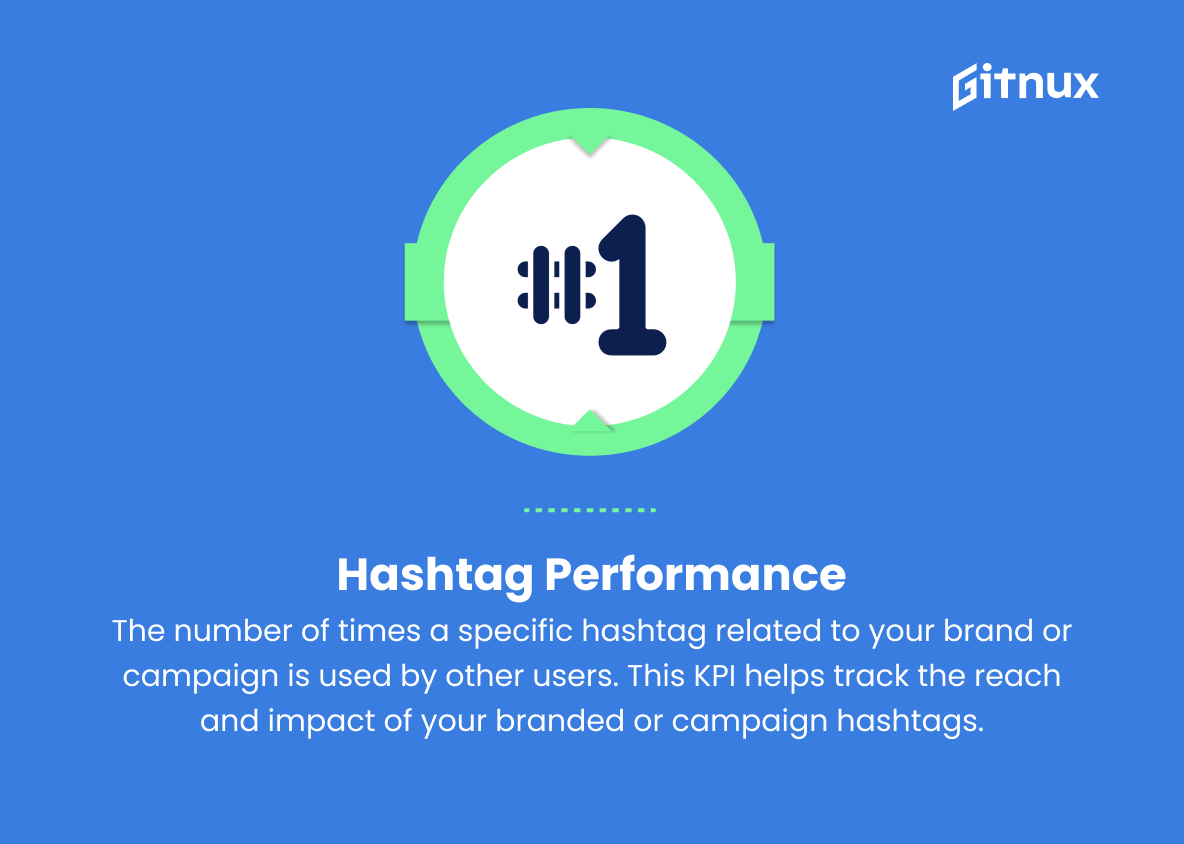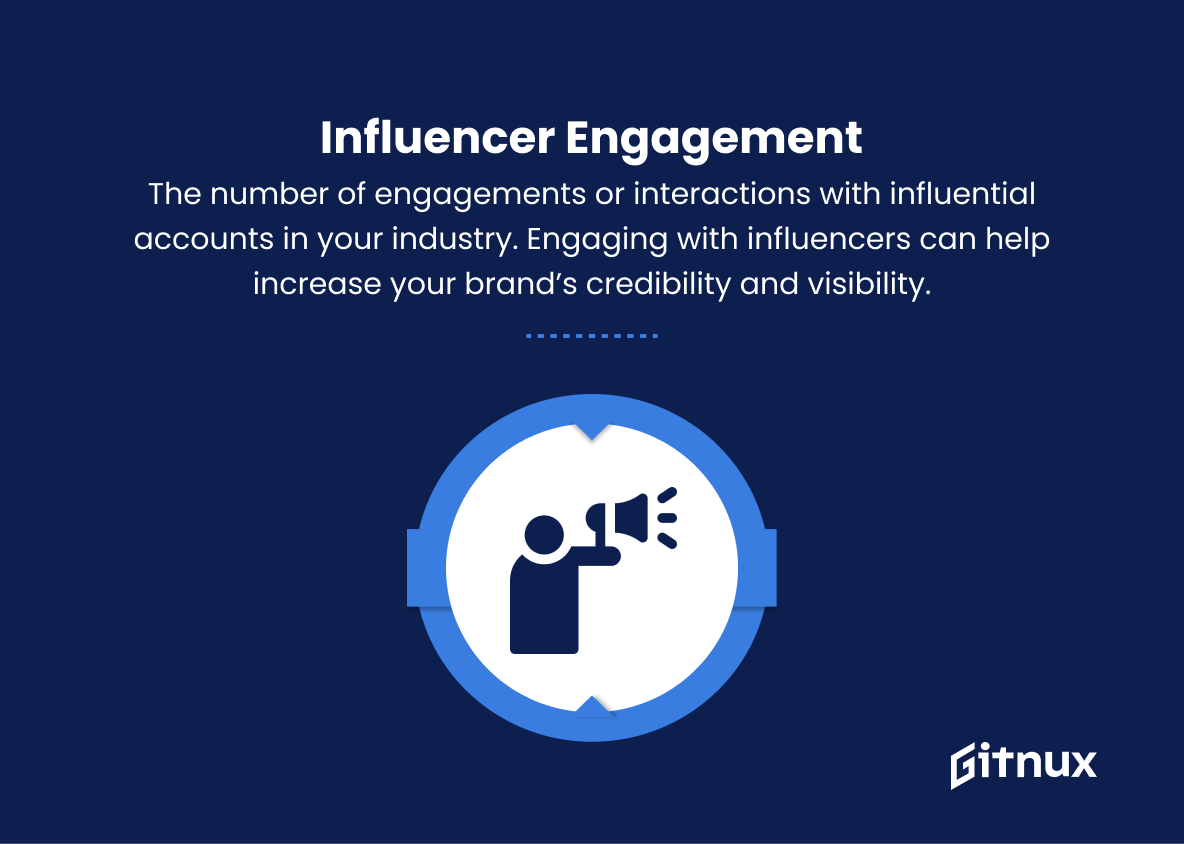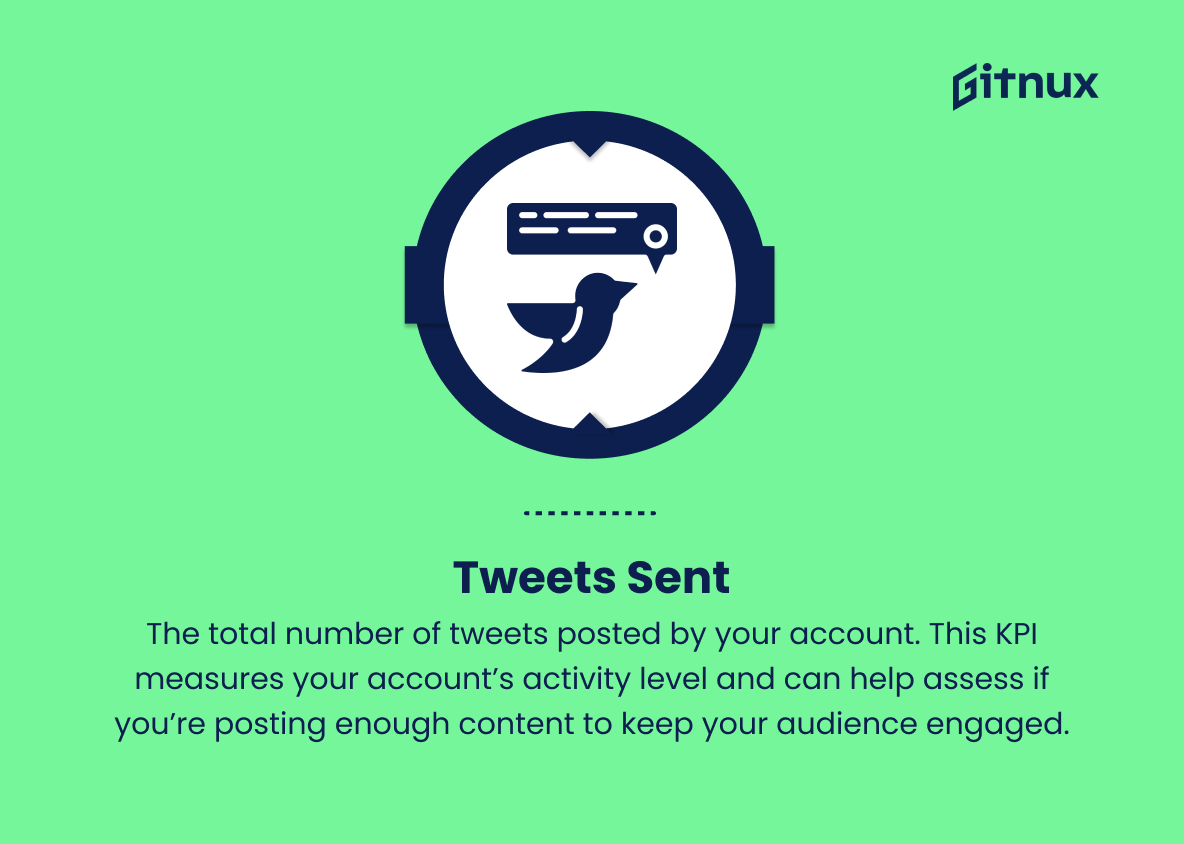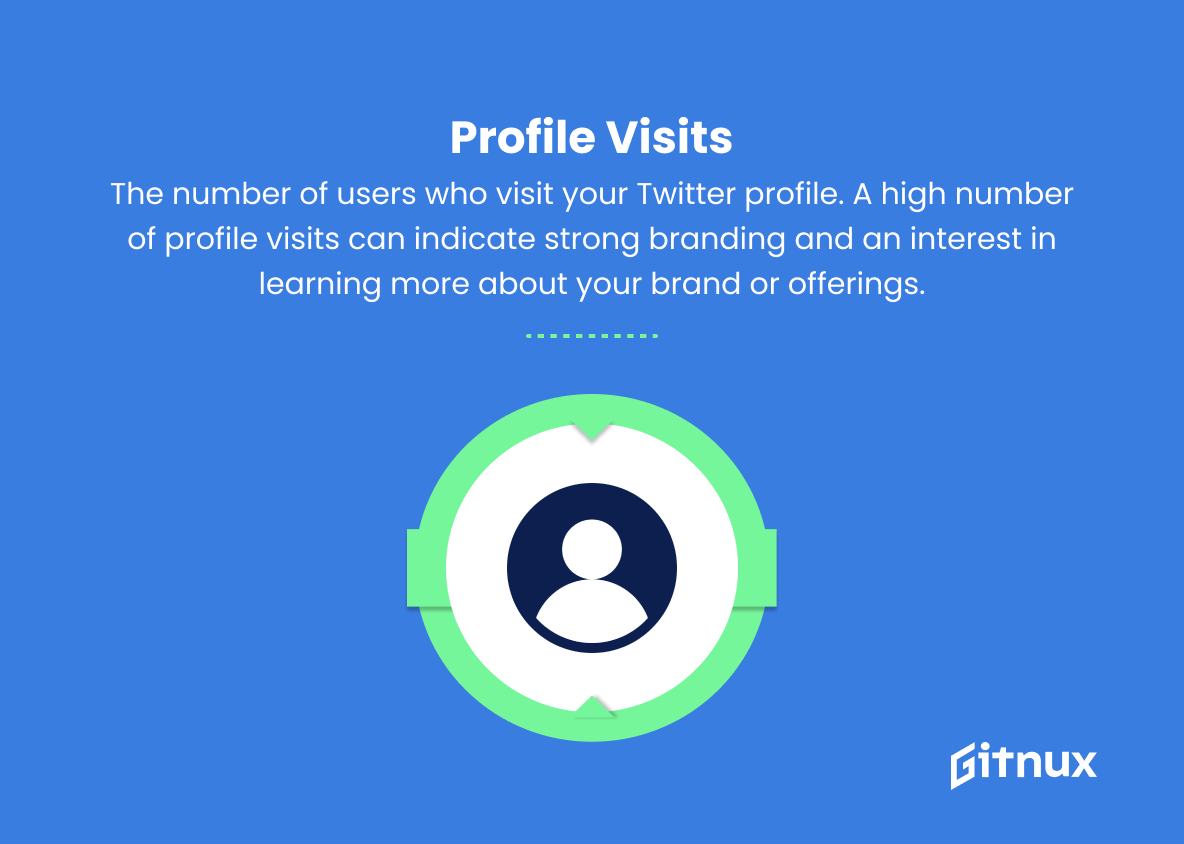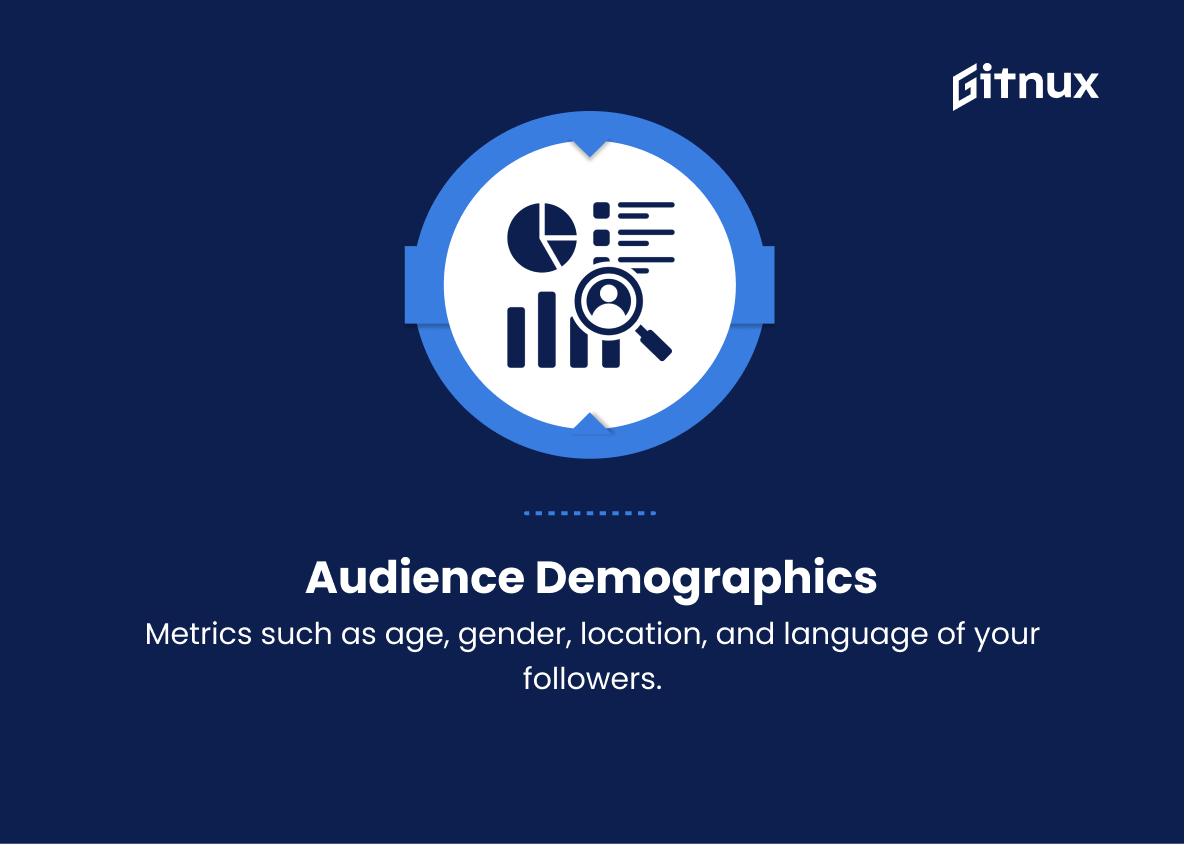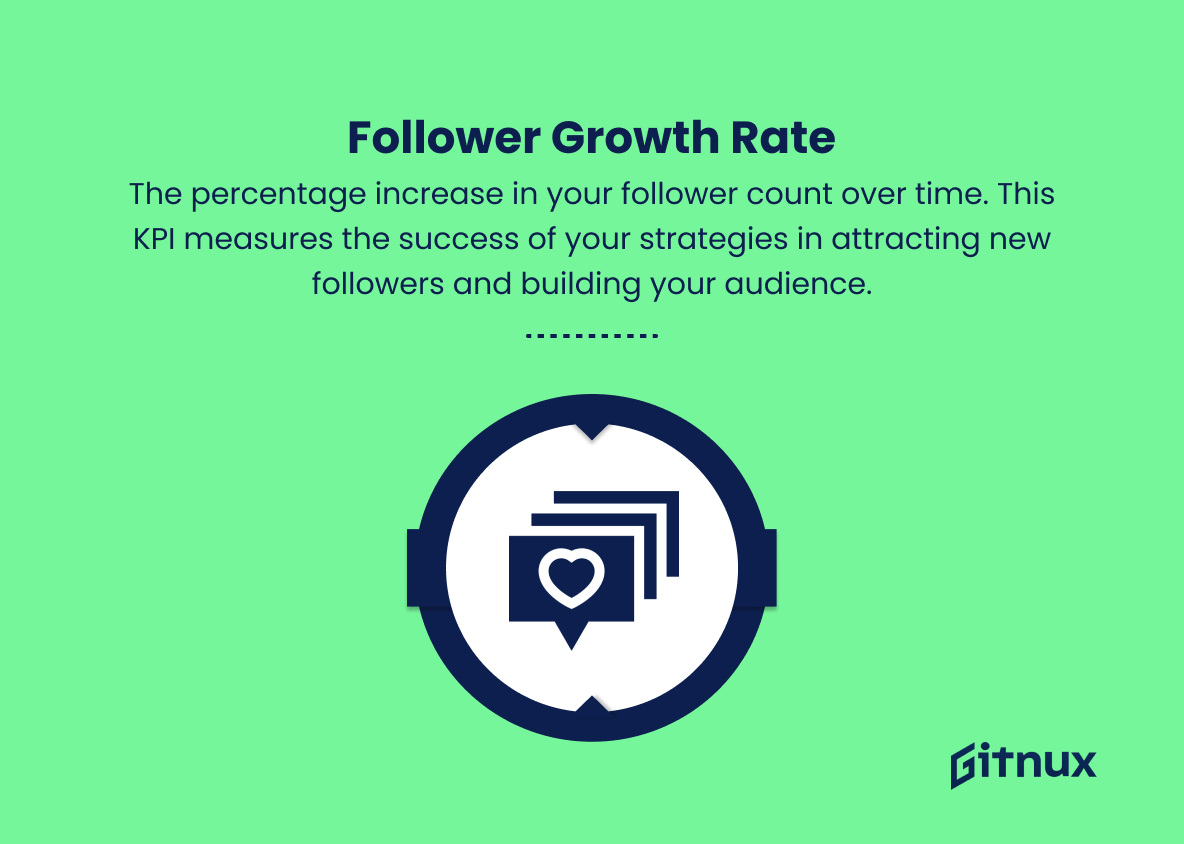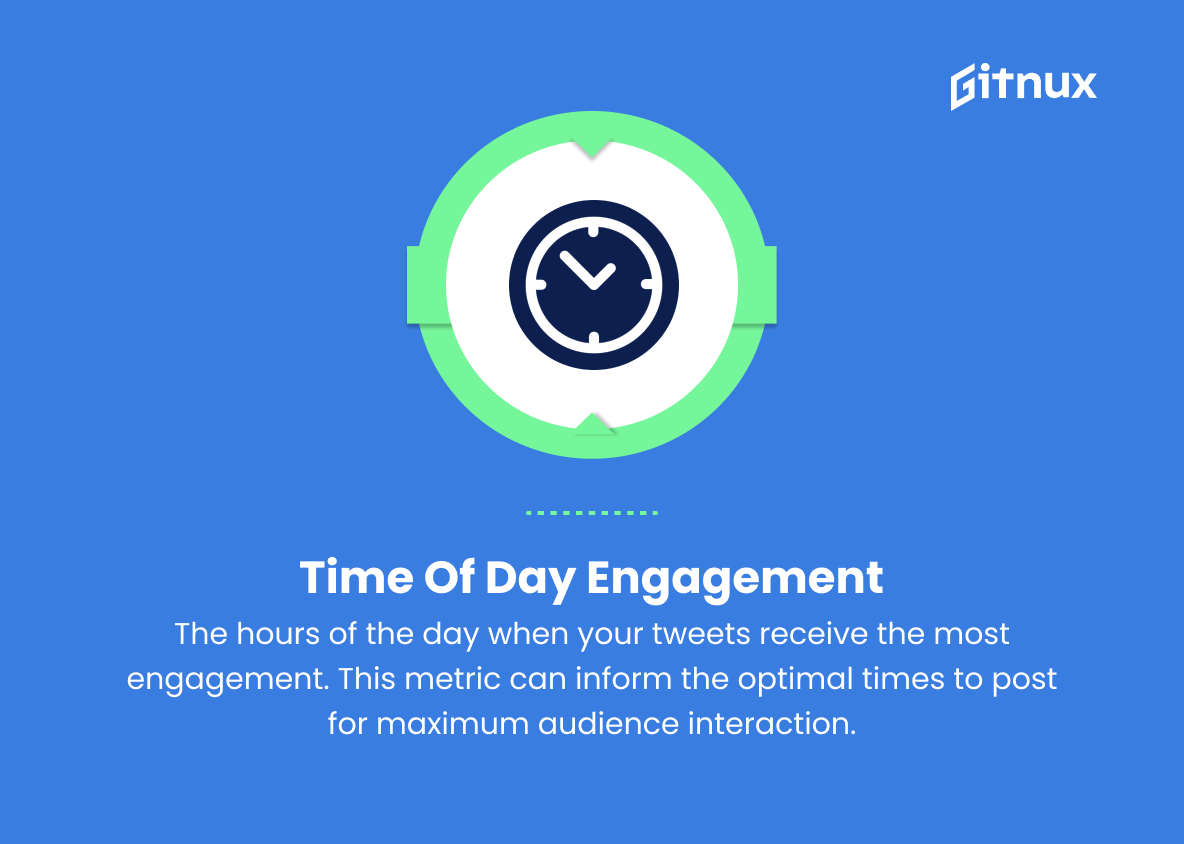In today’s highly competitive digital landscape, understanding key performance indicators (KPIs) is crucial for effectively leveraging the power of social media platforms like Twitter. Gaining insight into your Twitter KPIs can help your business make informed, data-driven decisions to optimize your marketing efforts and ultimately achieve your goals.
This blog post will delve into the significance of Twitter KPIs, outline the most relevant and essential indicators for tracking success, and provide you with valuable tips to enhance your brand’s online presence, driving engagement, conversion, and growth. So, buckle up and let’s embark on this analytical journey to demystify the world of Twitter KPIs and strategically measure your social media impact.
Twitter KPIs You Should Know
1. Followers
The number of Twitter users who follow your account. A higher follower count indicates a higher level of influence and can help with brand exposure.
2. Impressions
The total number of times your tweets are displayed, regardless of whether they were clicked or not. This metric helps measure the reach and visibility of your content on the platform.
3. Engagement Rate
The number of engagements (likes, retweets, replies, and clicks) divided by the number of impressions. This shows how actively your audience is interacting with your content.
In today’s highly competitive digital landscape, understanding key performance indicators (KPIs) is crucial for effectively leveraging the power of social media platforms like Twitter.4. Retweets
The number of times other users have shared your tweets. Retweets can extend your content’s reach beyond your followers, creating opportunities for new followers and engagements.
5. Likes
The number of times users have liked your tweets. Likes indicate audience appreciation and can boost your tweets’ visibility on their timelines.
6. Mentions
The number of times your account is mentioned by other users within their tweets. Mentions show the level of conversation and interaction with your brand on Twitter.
7. Replies
The number of replies received on your tweets. This metric indicates audience engagement and measures two-way communication between your brand and followers.
Gaining insight into your Twitter KPIs can help your business make informed, data-driven decisions to optimize your marketing efforts and ultimately achieve your goals.8. Click-Through Rate (CTR)
The number of clicks on the links included in your tweets divided by impressions. CTR helps measure the effectiveness of your content in driving traffic to your website or other linked resources.
9. Hashtag Performance
The number of times a specific hashtag related to your brand or campaign is used by other users. This KPI helps track the reach and impact of your branded or campaign hashtags.
10. Influencer Engagement
The number of engagements or interactions with influential accounts in your industry. Engaging with influencers can help increase your brand’s credibility and visibility.
11. Tweets Sent
The total number of tweets posted by your account. This KPI measures your account’s activity level and can help assess if you’re posting enough content to keep your audience engaged.
12. Profile Visits
The number of users who visit your Twitter profile. A high number of profile visits can indicate strong branding and an interest in learning more about your brand or offerings.
13. Audience Demographics
Metrics such as age, gender, location, and language of your followers. Understanding your audience’s demographics can help tailor content and marketing strategies to better target and engage them.
14. Follower Growth Rate
The percentage increase in your follower count over time. This KPI measures the success of your strategies in attracting new followers and building your audience.
15. Time of Day Engagement
The hours of the day when your tweets receive the most engagement. This metric can inform the optimal times to post for maximum audience interaction.
Twitter KPIs Explained
Twitter KPIs such as Followers, Impressions, Engagement Rate, Retweets, Likes, Mentions, Replies, Click-Through Rate, Hashtag Performance, Influencer Engagement, Tweets Sent, Profile Visits, Audience Demographics, Follower Growth Rate, and Time of Day Engagement are essential in understanding and measuring the influence and success of a brand on the platform.
These KPIs offer insights into audience reach, user interactions, content visibility, promotional effectiveness, brand credibility, targeted demographics, and overall growth. By analyzing and optimizing these KPIs, businesses can improve their Twitter strategies and maximize the platform’s potential for enhancing brand exposure, driving website traffic, and engaging with their target audience.
Conclusion
In today’s fast-paced digital world, measuring Twitter KPIs is crucial for businesses and brands seeking to boost their online presence and engagement. By analyzing the performance of key Twitter metrics such as impressions, engagements, reach, followers, and clicks, businesses can gain valuable insights, optimize their strategies, and witness continued growth in their social media efforts.
By consistently monitoring these KPIs, brands can not only stay relevant, but also build stronger connections with their audience and improve their overall online reputation. Remember, success on Twitter lies in the fine balance between content, relevance, consistency, and engagement – so keep an eye on those KPIs and strive to deliver value to your audience.

